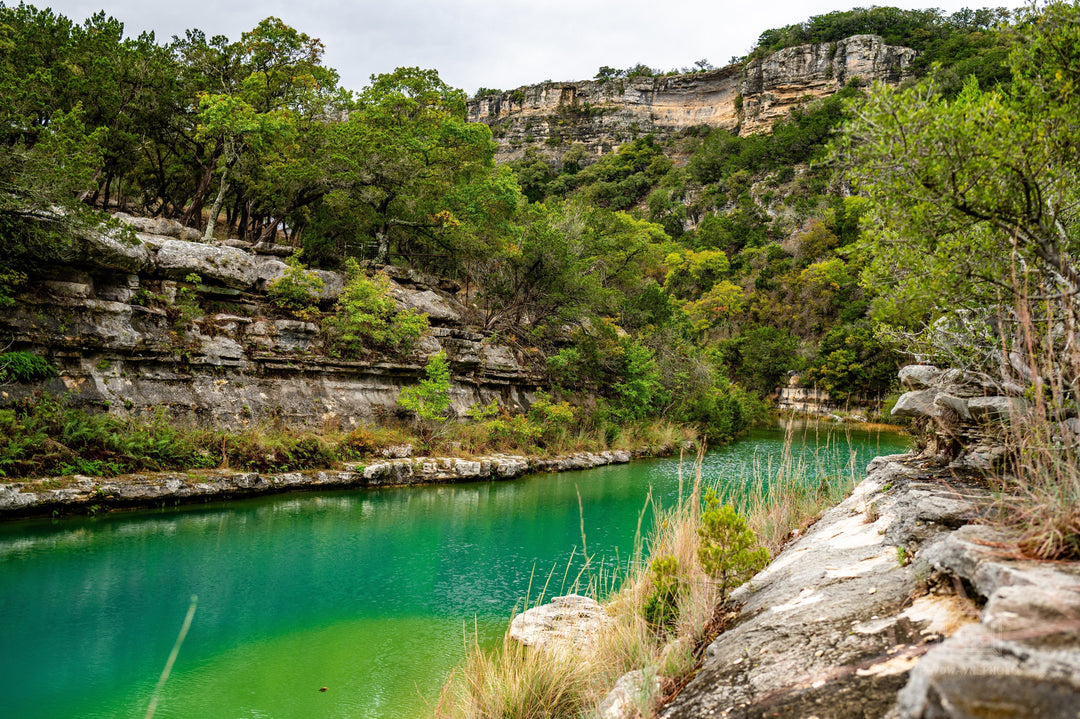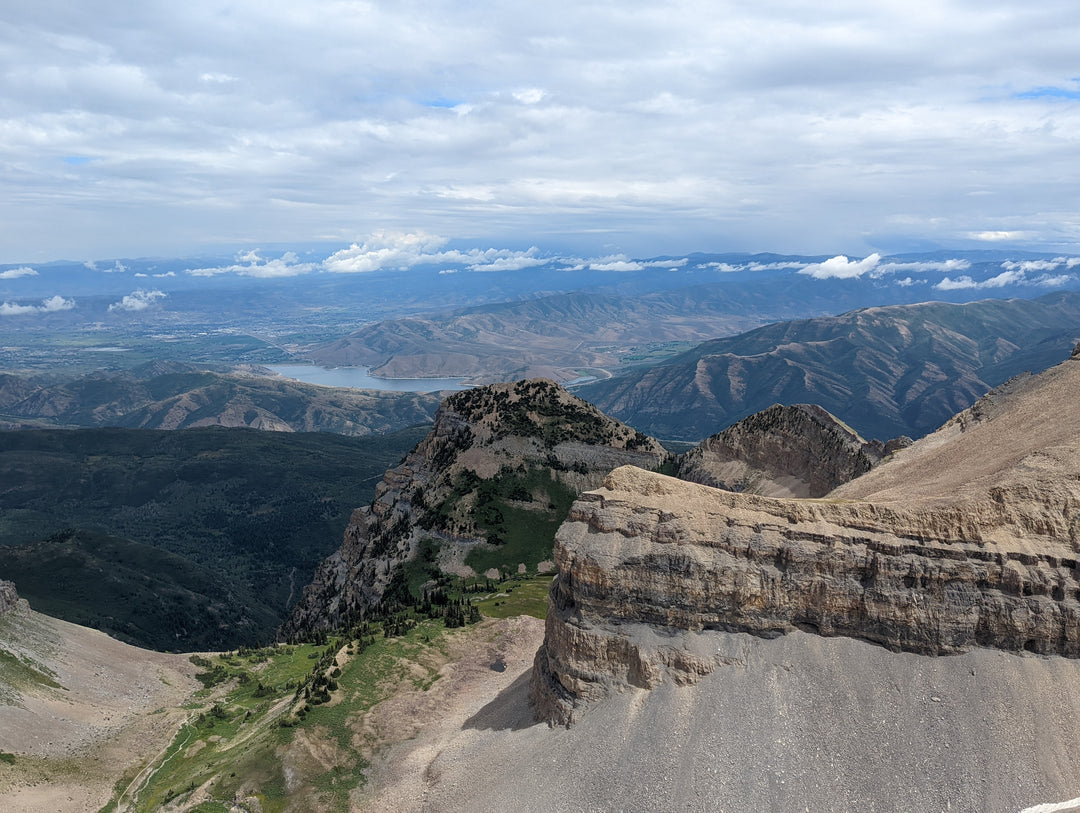The Legend of Timpanogos: A Rare 1922 Book Tells a Fascinating Story About Utah’s Most Iconic Mountain

It doesn’t look like much.
More like a pamphlet than an actual book. It’s the color and texture of a moving box, brown and thin with water spots. The front cover features a Native American man in the foreground, pensive, Mount Timpanogos looming behind him in the distance. The back cover is blank. It’s bound together with staples.
Still. When it arrived in the mail, I handled it like a surviving copy of Walden or Leaves of Grass.
I’d been looking for a copy for months – on antique book sites like ABAA, as well as on eBay, Amazon, and AbeBooks.
Finally I found one.
It was from an old book store in Salt Lake City. I was ecstatic.
Now that it was in my hands, I felt like I was holding history – a history that was part of me even when I didn’t really know it, a history that enfolds everyone who’s lived near the skyscraping wonder that is Mount Timpanogos.
You can’t help but look up at that mountain. Its presence in my youth was as certain as the sun and the moon. It was familiar, but it also seemed mysterious – all the stories and secrets. All the life!
There aren’t many of these books left. How many exactly is unclear. The first print run was less than a thousand.
I knew there was at least one copy in Brigham Young University’s Special Collections. Beyond that, perhaps a couple dozen others.
The book was first published in the summer of 1922. It was the decade of Hemingway, Fitzgerald, Faulkner, and Joyce. But a book about an obscure mountain in the West…
Let’s just say it was met with minimal fanfare.
But for those who love Mount Timpanogos and its history it is a treasure trove of early photos, art, poetry, essays, and stories.

Eugene “Timp” Roberts, the legendary BYU instructor who started the Annual Timp Hike, and sought to bring national notoriety to the mountain, put the collection together, supported by BYU as well as the Provo Chamber of Commerce and American Fork Commercial Club.
The tone is anachronistic for the Roaring Twenties. In place of disillusionment with the modern world is a more Romantic sensibility of ecstasy, awe, and wonder – a reverence for what Roberts once described as the “spiritual” presence of the mountain – and the unique experience of hiking it.
The highlight of the collection is Roberts’ legend, “The Story of Utahna and Red Eagle.”
Roberts first began telling the story at the Aspen Grove trailhead before the annual hikes. Hundreds gathered around the bonfire to listen. By 1934, short plays of the story were performed at what is now known as the Theater-in-the-Pines.

Various iterations of it are familiar to Utahns to this day. In fact, a version of it is still told by tour guides at the Timpanogos Cave National Monument. I’d heard a generic telling of it myself growing up, though I don’t remember when or by whom. The skyline, I was told, looked like a woman laying down (the “sleeping maiden”), her hair cascading down on the western slope. But I never knew (or remembered) who that woman was – or her story – until I opened the pages of this old brown book.
Roberts’ Timpanogos legend is, in essence, a great love story with some Native folklore, some Romeo and Juliet flourishes, lots of drama.
It begins with a drought and famine in the valley. The great mountain-God, Timpanogos, is angry and has cursed the land.
A sacrifice is required. That sacrifice turns out to be the beautiful maiden, Utahna, the Chief’s daughter.
She agrees to give her life for her people. With great sadness, they take her to the mouth of the canyon. From there, she begins ascending the mountain alone.

On her journey, she is seen and followed by a man from a neighboring tribe called Red Eagle. He watches her with fascination and follows her to the highest peak. Just before she is about to leap to her death, he calls out and stops her …
Shocked by his sudden presence, she mistakes him for the mountain God, Timpanogos. Smitten by her beauty, he decides to go along with the deception. He tells her she has passed the test. She no longer needs to sacrifice herself. Her commitment has been honored.
Red Eagle takes Utahna back to a secret cave. There they live for many years in peace and happiness, secluded from both of their tribes.
But one day, when Red Eagle is out hunting, he is wounded, and in the ravings of a fever, he finally discloses the truth. He is not a God. He is a mortal who fell in love with her. He wanted her to live.
Utahna nurses him back to health, but knows what she must do. She promised her people she would give up her life for them. She must fulfill her duty. So one morning, when Red Eagle is asleep, she reluctantly leaves his side. She sneaks from the cave that had been their home and ascends the mountain in the dark.
After hours of climbing, she reaches the top and looks out at the valley.
This time, before Red Eagle reaches her, she leaps to her death, fulfilling the sacrifice she believed God required for her people to prosper again. Red Eagle yells out, helpless, as he watches her body tumble down the mountain.
When he reaches her, he kneels down by her lifeless body and weeps.
Then he raised the bleeding form to his arms and tread solemnly back to their crystal cave. In one of the hidden chambers Red Eagle laid Utahna beside a mirroring pond, and brooded over her in silence until his lifeless body sank beside her. Then the great god, Timpanogos, did a wondrous thing. Up from the bodies of his children he commanded their hearts to rise and merge in one. And over the lifeless bodies rose a great red heart and fastened itself to the brilliant cave ceiling. This great heart hangs this day over the sacred place and in the burial chamber of Red Eagle and Utahna.
It’s a remarkable story for someone trained, not in literature or the arts, but in physical education. But Roberts was something of a renaissance man. As a tribute in Y Magazine described him:
He coached two world-class high jumpers and laid the foundation for today’s athletic program at BYU. He mingled with early 20th-century luminaries such as boxing champ Jack Dempsey, actor Douglas Fairbanks, and football coach Knute Rockne. Roberts brawled in bars but also wrote poetry. His legacy is a range and degree of excellence rarely achieved. Yet “Timp” Roberts, as he was called by contemporaries, is destined to be remembered best for his connection with the mountain he loved.

Indeed. The annual hikes he established, while discontinued in 1971, created the trails we still use today. One of the hike's famous landmarks, Roberts’ Horn, is also named in his honor.
But this humble brown book is his “love letter” – and one of the most important surviving documents for those who share his appreciation of the mighty and majestic Mount Timpanogos.









Loved the story of Red Eagle and Utahna since the l960’s when my older sister attended college in Provo and shared it with our family. Love seeing Mount Timpanogos from our home across Utah Lake today. Best to you and your new Timpanogos Hiking Company today!!
Leave a comment